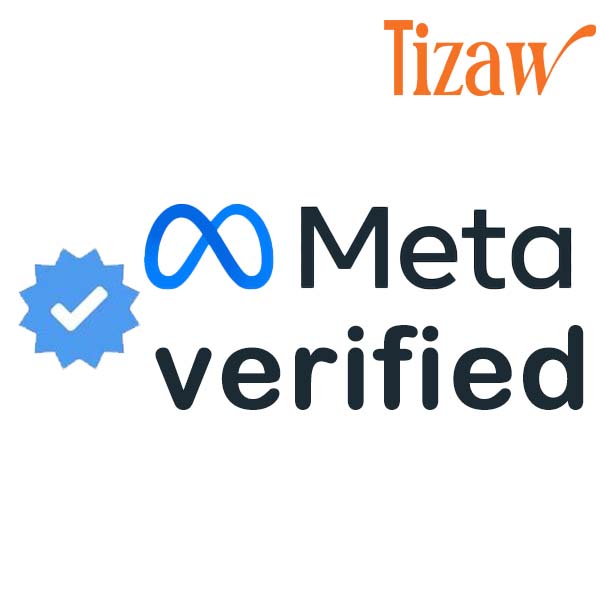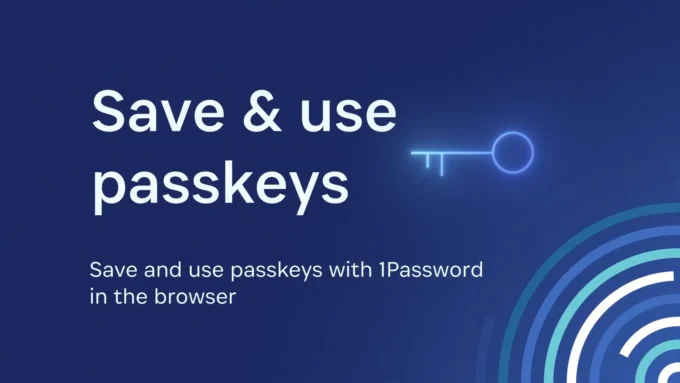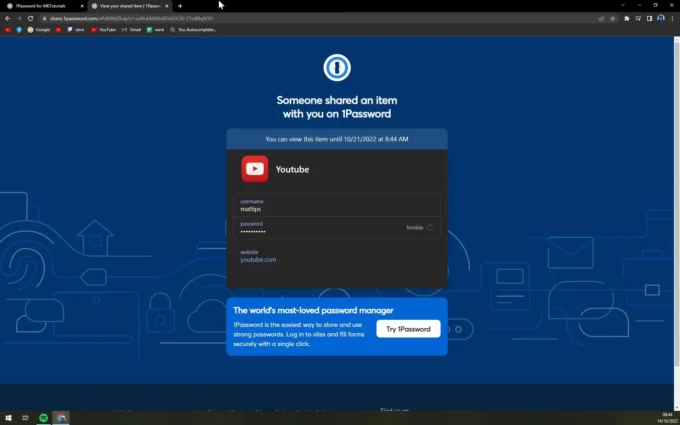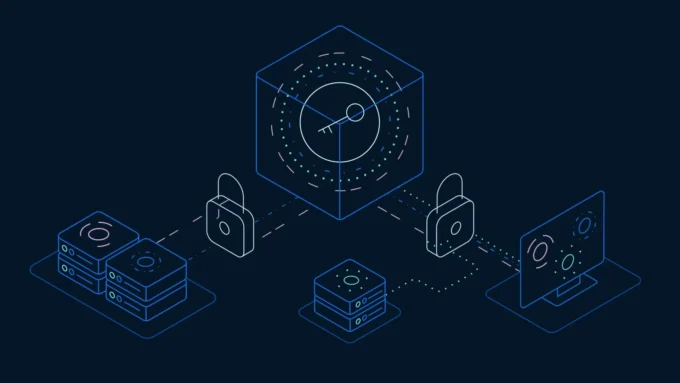Creating strong passwords is crucial for protecting your online accounts from hackers. But how do you make a password that’s both secure and easy to remember? Let’s dive into seven practical tips to help you craft passwords that will keep your data safe.
1. Mix Characters for Complexity
Combine uppercase letters, lowercase letters, numbers, and symbols. This adds complexity and makes your password harder to crack. For example, instead of “Password123”, try “P@ssw0rD!23”.
Mixing different types of characters increases the number of possible combinations, making your password more difficult to guess. A good mix of characters could be “R3@d#rD3@d!”.
2. Avoid Common Words and Patterns
Hackers often use software that can guess common words and patterns. Steer clear of using easily guessable words or sequences like “password”, “123456”, or “qwerty”. Instead, opt for something unique like “7mY&h2!xT#”.
Using uncommon words and avoiding patterns prevents hackers from easily guessing your password using dictionary attacks. Instead of “password”, try “Tr#eN!ght$3a”.
3. Use a Passphrase
Passphrases are a great way to create strong and memorable passwords. A passphrase is a series of random words strung together, such as “BlueHorseStarJump!23”. This method increases length and complexity while remaining easy to recall.
Passphrases are harder to crack due to their length and randomness. A good example would be “Rainy$City*Sunset+47”.
4. Utilize a Password Manager
Password managers can create and store unique passwords for all your accounts. They take the burden off your memory and ensure you use strong passwords across the board. Popular password managers include LastPass, 1Password, and Dashlane.
Using a password manager simplifies the process of creating and remembering strong passwords. It also ensures that each password you use is unique and complex.

5. Keep It Long
The longer your password, the more secure it is. Aim for at least 12 characters. A longer password like “T$1m&3Tt4G!zK2q” provides better protection than a shorter one.
Longer passwords are more secure because they have more possible combinations. Aim for 15 characters or more for optimal security. An example is “P!nkB!ke^Gr33nH0use$67”.
6. Don’t Reuse Passwords
Using the same password for multiple accounts increases your risk. If one account is compromised, others can easily follow. Each account should have a unique password, such as “J7&kL1#2M$” for your email and “G8*e!L7z#4Q” for your banking.
Unique passwords for each account prevent a single breach from compromising multiple accounts. If your email password is “H@ppy#Day$2024”, your social media should be different, like “Sunny$Sky^88”.
7. Enable Multi-Factor Authentication (MFA)
MFA adds an extra security layer by requiring a second form of verification, like a code sent to your phone. Even if someone gets your password, they can’t access your account without this second factor.
Multi-Factor Authentication (MFA) greatly enhances security by requiring an additional verification step. Use apps like Google Authenticator or Authy for this purpose.
Practical Example
Let’s apply these tips to create a password. Start with a base word, mix in symbols and numbers, and ensure it’s lengthy. For example, if your base word is “Laptop”, transform it into “L@pt0p#2024!”. This password is strong, incorporates a mix of characters, and is memorable.
Implementing These Tips
- Update Old Passwords: Regularly review and update your passwords.
- Educate Others: Share these practices with friends and family.
- Stay Informed: Keep up with cybersecurity news and trends.
Real-World Scenarios
Imagine your Facebook account gets hacked because your password was “Summer2020”. The hacker could use this password to access your email if it’s the same. However, using unique passwords like “Fb@cc0unt#2024!” for Facebook and “Ema!l@cc0unt#2024” for your email can prevent this.
In a business setting, if employees use weak passwords, the entire company’s data could be at risk. Implementing a password policy that requires strong passwords and MFA can protect against breaches.
Overcoming Challenges
Memorizing multiple complex passwords can be tough. That’s where password managers come in handy, storing all your passwords securely and saving you from having to remember them all.
Creating strong passwords is essential for safeguarding your online presence. By mixing characters, avoiding common patterns, using passphrases, leveraging password managers, keeping passwords long, not reusing them, and enabling MFA, you significantly enhance your security. Start implementing these tips today to protect your digital life.
Put these tips into practice and share them with others. Cybersecurity is a shared responsibility. By spreading awareness, we can all contribute to a safer online environment. Stay safe and secure!











Leave a comment